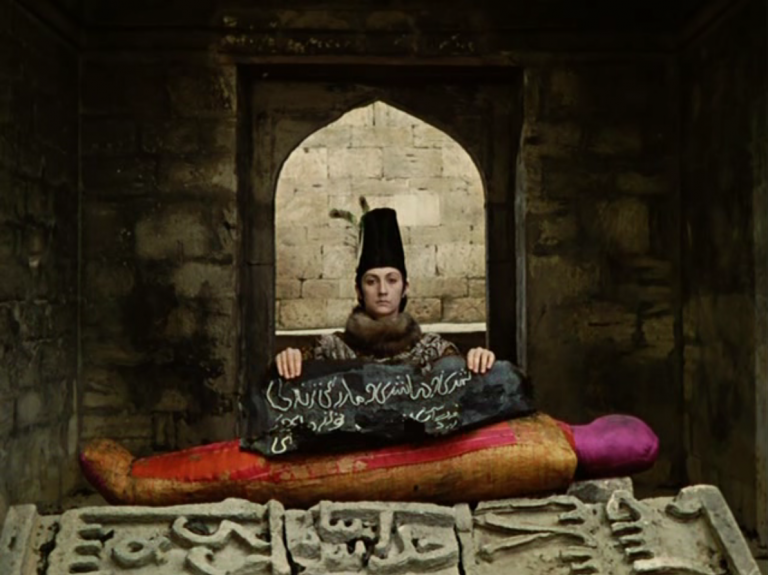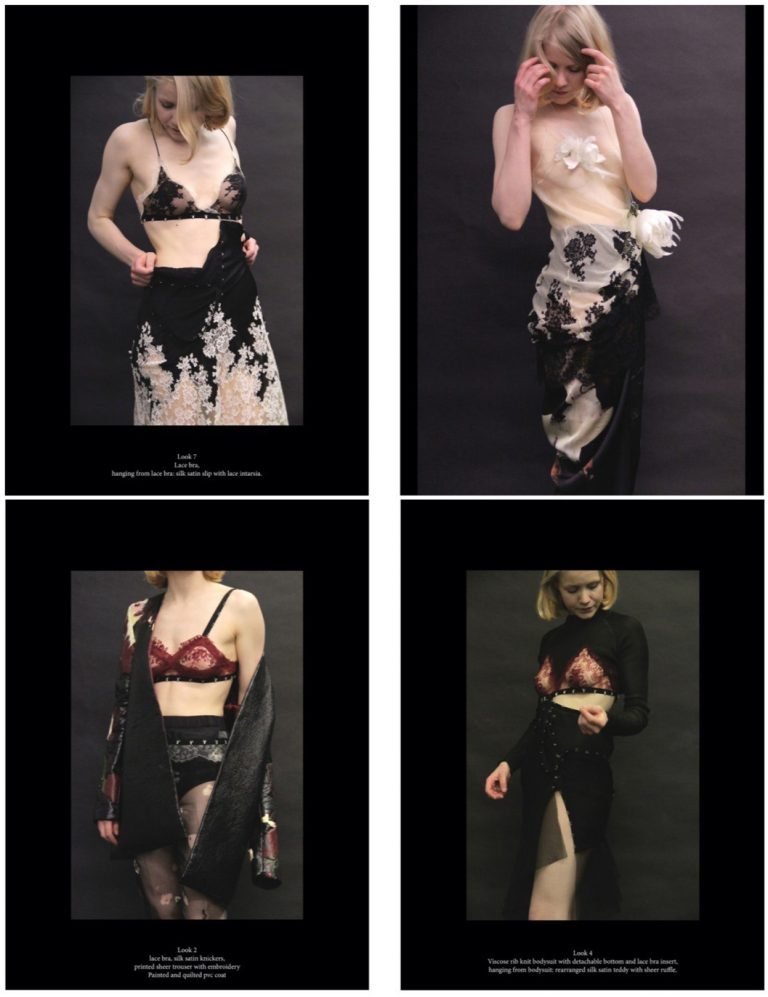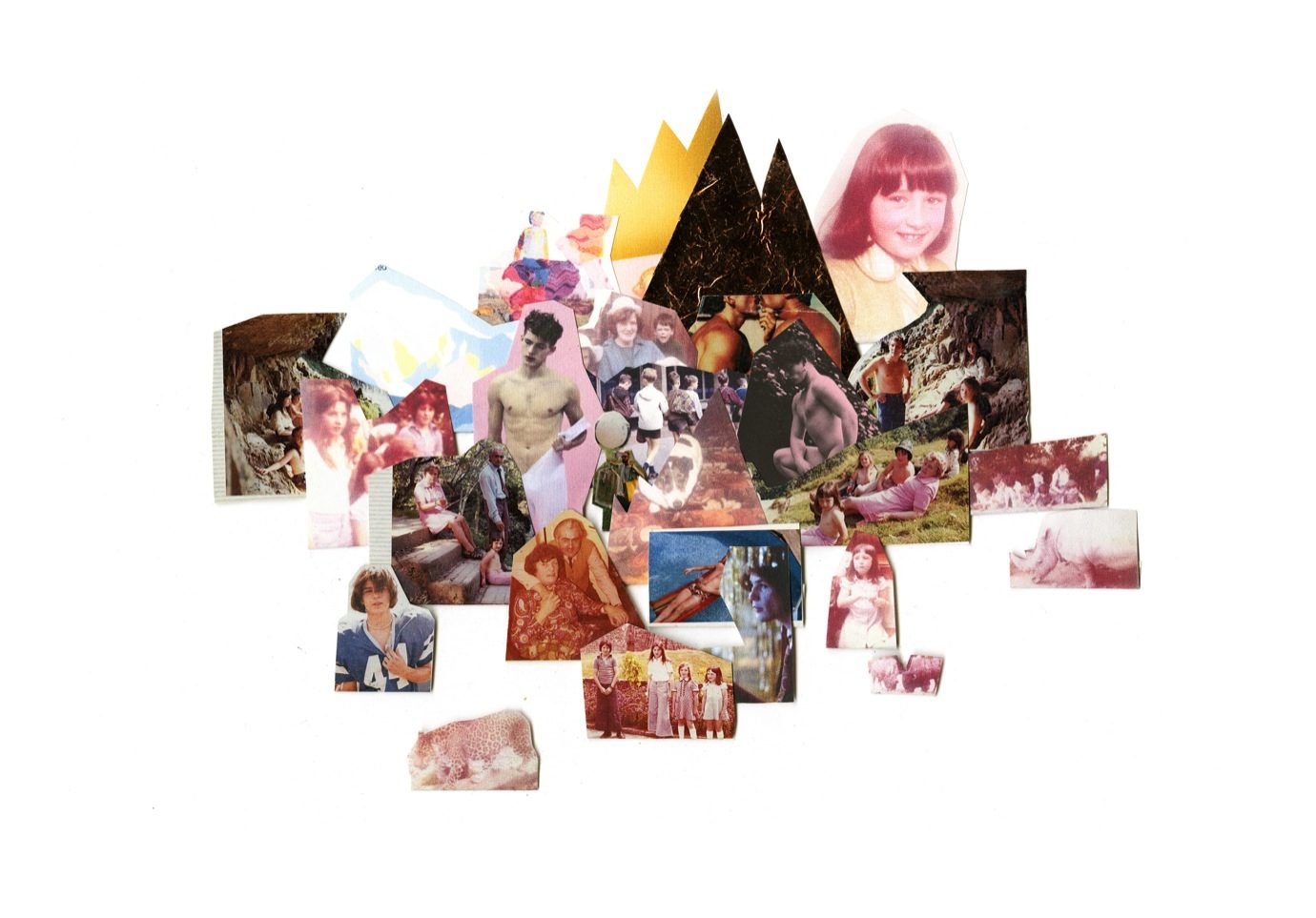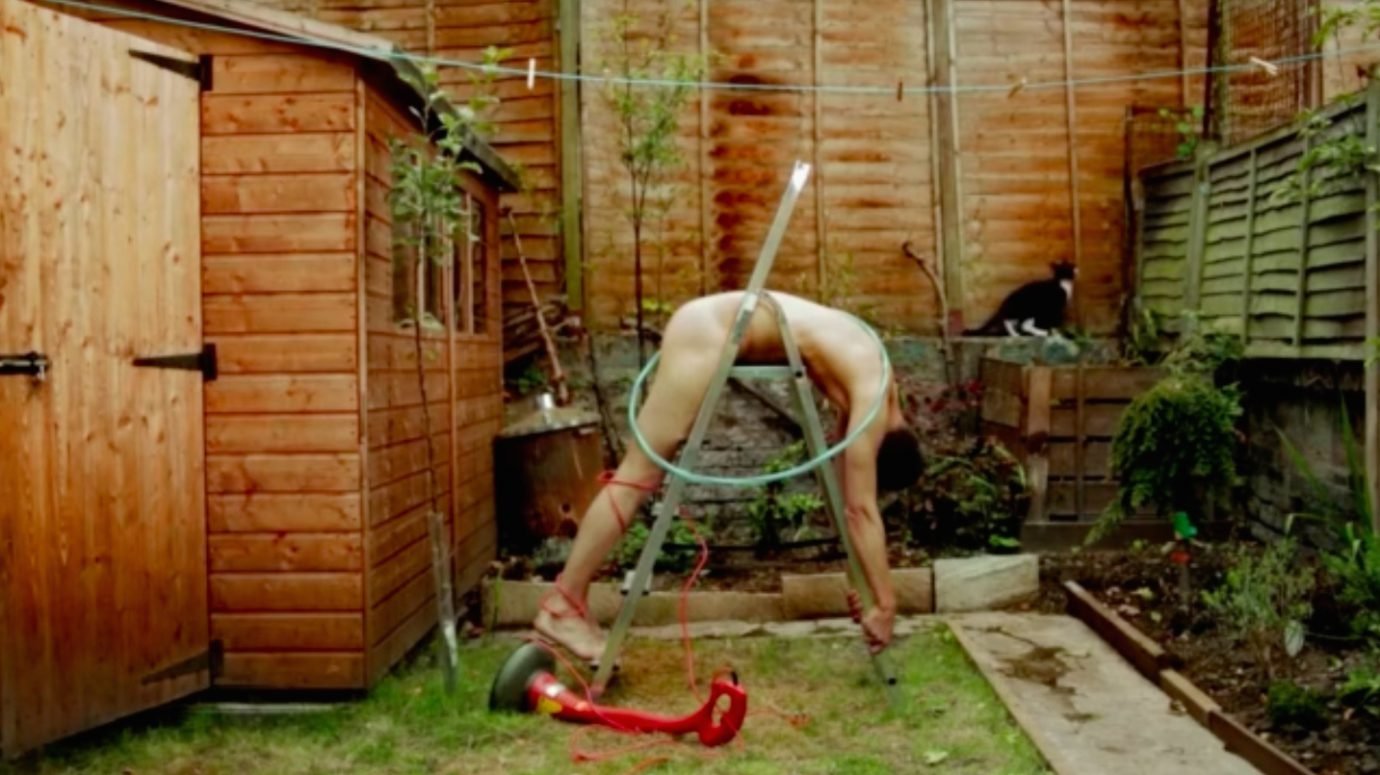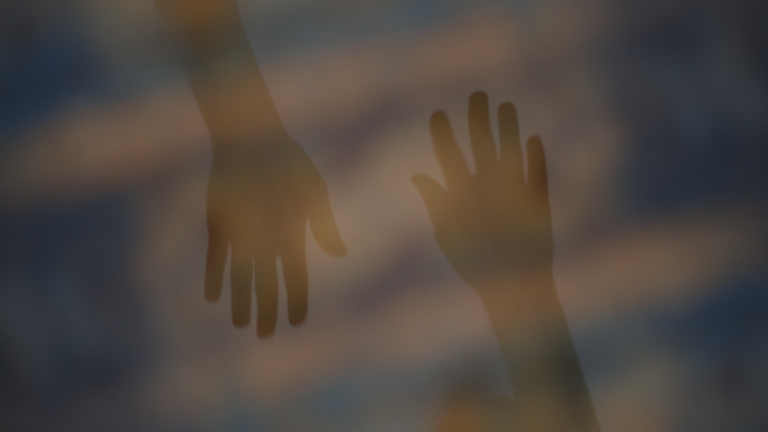What does HÄN stand for?
HÄN is the gender-neutral pronoun used by/for everyone in Finland, equal for everyone. In the Finnish language, you do not refer to anyone based on their gender, which is more inclusive for all expressions and notions of gender today.
Why did you choose this title?
We chose the title based on what HÄN stands for, and because it resonated with what the film was based on. It felt welcoming and free, transformative, and left space for interpretation.
“Most often queer stories are set in city environments, taking place at pubs, clubs, and busy streets, like London. Instead of continuing that saga, we wanted to take the contemporary queer experiences out of the city.” – Ella Boucht
What is the story behind the film?
We wanted to explore the challenging, liberating, and euphoric experience of transitional identity today. To find a new representation for butch, non-binary and masc identities within the contemporary LGBTQI+ and to highlight their personal stories set in a rural environment.
Most often queer stories are set in city environments, taking place at pubs, clubs, and busy streets, like London. Instead of continuing that saga, we wanted to take the contemporary queer experiences out of the city, and bring them to the island in the archipelago of Turku, Finland. Building a queer safe haven, a safe space to be free, liberated, and happy, surrounded by stillness and nature; creating a new visual image of what queerness is and can be today. Queerness in Finland has a rich story to tell, and we wanted to highlight it along with the personal stories behind it through the film.































